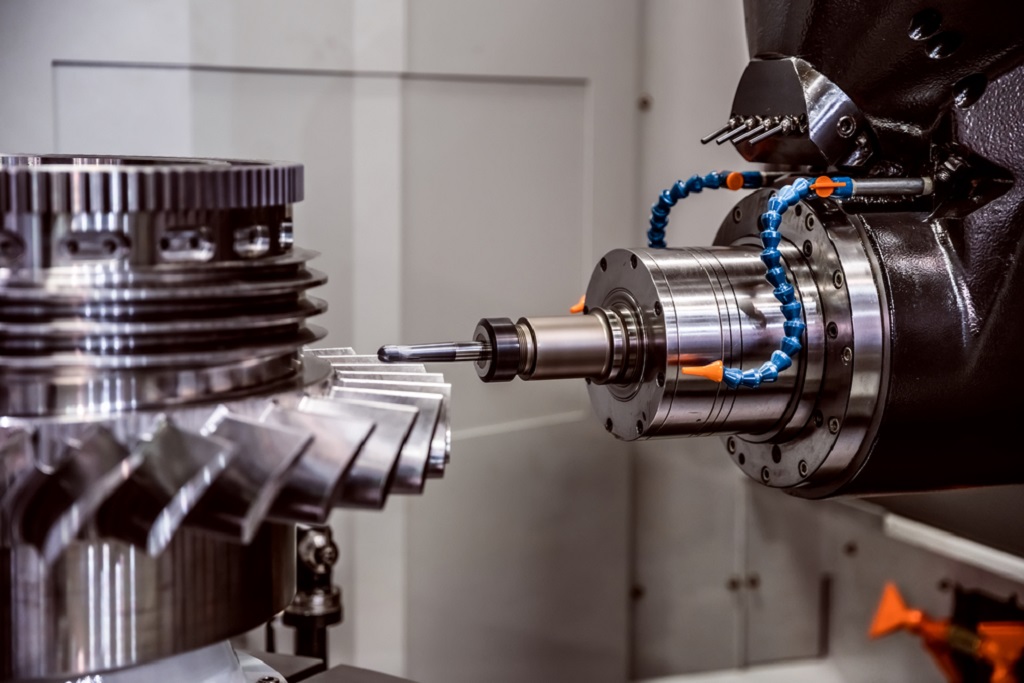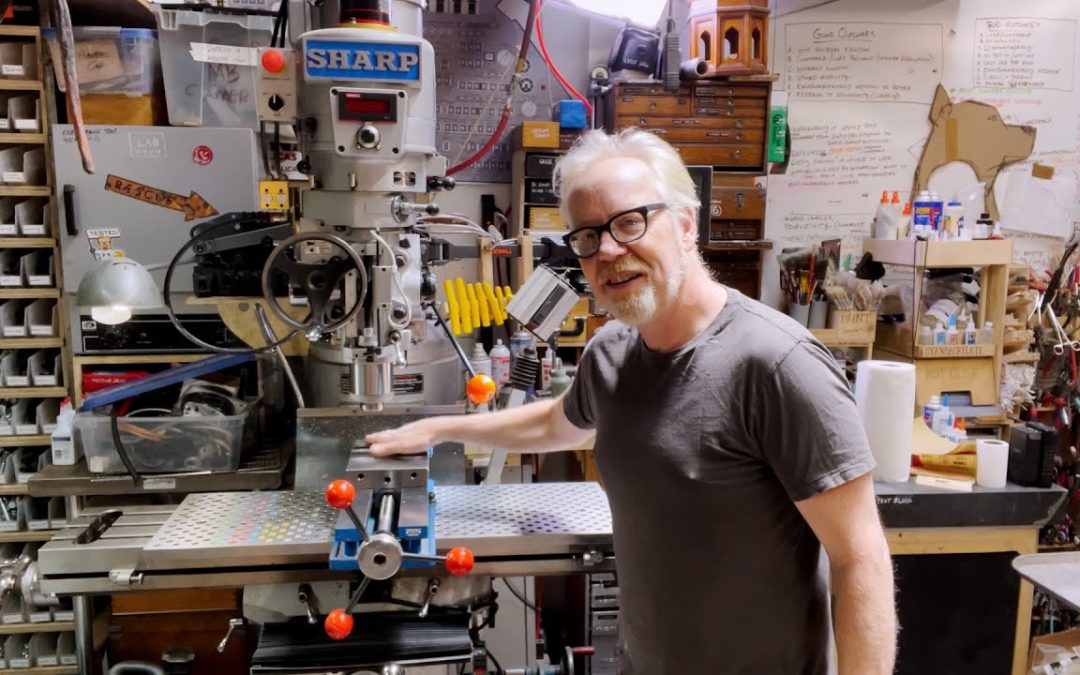Boring a hole with a milling machine is a crucial skill for those in the manufacturing and machining industries. It involves precision, attention to detail, and the right equipment. In this article, we will delve into the details of how to properly bore a hole using a milling machine, providing you with approved techniques and insights.

Introduction to Milling Machines
Milling machines are essential tools in modern manufacturing, enabling the creation of complex parts with a high degree of precision. They are used extensively in industries such as automotive, aerospace, and electronics for tasks ranging from simple hole boring to intricate part machining.
Understanding the Basics of Hole Boring
What is Hole Boring?
Hole boring is the process of enlarging a pre-existing hole to achieve a precise diameter and finish. This operation is critical in applications where exact dimensional and surface finish conditions are required.
Why Use a Milling Machine for Boring Holes?
A milling machine provides a high level of control and accuracy, making it ideal for boring operations. It allows for precise adjustments to the boring tool’s position, ensuring uniform and accurate hole sizes.
Equipment and Tools Needed
Milling Machine Types
There are various types of milling machines, including vertical and horizontal mills. Each type offers unique advantages and is suitable for different boring applications. More information about milling machines can be found here.
Boring Tools
Boring tools come in various sizes and configurations. Common types include single-point and multi-point boring bars, each designed for specific tasks. Choosing the right tool is critical to achieving the desired accuracy.
Preparation of Milling Machine for Boring Process
Machine Setup
Proper setup of the milling machine is crucial for successful boring. This includes ensuring that the machine is level, the workpiece is securely clamped, and all tools are correctly installed.
Workpiece Preparation
Before beginning the boring process, the workpiece must be properly prepared. This involves marking out the hole’s location and ensuring that the workpiece is free from any contaminants or irregularities.
Step-by-Step Guide to Boring a Hole
1. Centering the Hole
The first step in boring a hole is to accurately locate the center of the existing hole. This can be done using a dial indicator or a laser centering device.
2. Drilling the Pilot Hole
3. Selecting the Right Rotational Speed and Feed Rate
Selecting the proper rotational speed and feed rate is crucial. These parameters depend on the material being machined, the size of the hole, and the desired surface finish.
4. Boring Operation
During the actual boring operation, ensure that the tool is moving smoothly and consistently through the workpiece. Regularly check for tool wear and make adjustments as necessary.
Troubleshooting Common Issues
Dealing with Tool Wear
Tool wear is a common challenge in boring operations. Regular inspection and timely replacement of tools can help maintain accuracy and finish quality.
Correcting Misalignment
Misalignment can lead to inaccurate holes. This issue can be mitigated by carefully aligning the workpiece and machine before starting the operation.
Managing Vibration
Vibration can negatively impact the boring process. Ensuring that all machine components are tight and using appropriate damping techniques can help reduce vibration.
Advanced Techniques for Improved Accuracy
Using Digital Readouts
Digital readouts (DROs) provide real-time accuracy readings, allowing for precise adjustments during the boring process.
Application of Coolants
Applying coolants can help reduce heat buildup, which can negatively affect both tool life and the quality of the bore.
Optimizing the Boring Process
Implementing Quality Control Measures
Regular inspection and measurement of the workpiece during the boring process ensure that it meets the specified requirements.
Utilizing Software Solutions
Software solutions can assist in planning and monitoring the boring process, providing valuable data that can lead to improved performance.
Boring holes in a milling machine is a critical skill for professionals in the industry. Mil spot offers tremendous opportunities for accurate machining.
Boring Holes in a Milling Machine
Boring holes in a milling machine requires a deep understanding. BSG insights Paint Tech can benefit from these insights.
Case Studies of Successful Boring Operations
Industry Examples
Examining real-world examples of successful boring operations provides valuable insights into best practices and innovative techniques.
Future Trends in Milling Machine Boring
Innovations in Boring Tools
Advancements in boring tool technology continue to drive improvements in accuracy and efficiency. This includes the development of new materials and geometries that extend tool life and performance.
Automation and CNC Integration
The integration of automation and CNC technology into milling machines is transforming the way boring operations are conducted, leading to increased precision and productivity.
Find more about automating commercial operations G- Analysis.
Conclusion: The Importance of Proper Technique
Boring a hole with a milling machine demands precision and technique. By understanding the fundamentals and advanced methods, machinists can achieve tremendous accuracy and efficiency in their work.

FAQs
What is the purpose of boring?
Boring is used to enlarge holes with high accuracy and a smooth finish, typically for assembly purposes.
How does a milling machine differ from a drill press?
A milling machine can perform more complex operations with greater precision, thanks to its versatility and control.
Can a digital readout (DRO) improve accuracy in boring?
Yes, using a DRO allows machinists to make precise adjustments, ensuring higher accuracy during boring operations.
